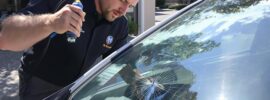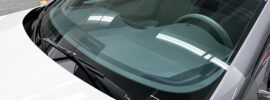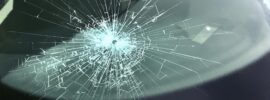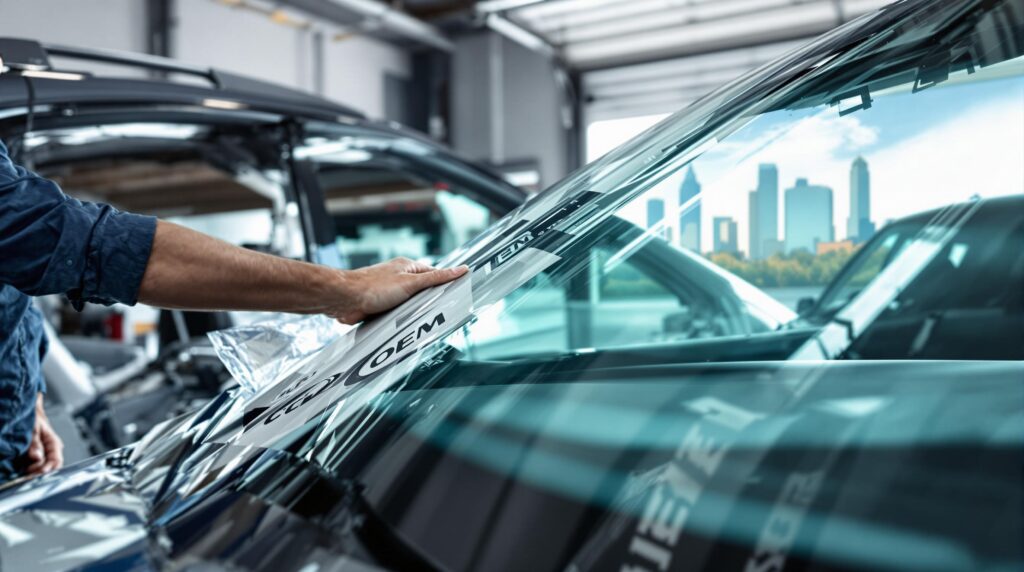
When your vehicle’s windshield or windows need replacement, one of the most important decisions you’ll face is choosing between OEM (Original Equipment Manufacturer) glass and aftermarket auto glass. At Low Price Auto Glass in Dallas, we often get questions from drivers about the differences, costs, and quality associated with each option. Understanding how these two types of auto glass compare can help you make an informed, budget-conscious decision without compromising safety or performance.
What Is OEM Auto Glass?
OEM auto glass is manufactured by the same company that produced the original glass installed in your vehicle when it came off the factory line. These parts match the exact specifications, fit, color, thickness, and durability of your original glass. OEM glass often bears the logo of your vehicle’s automaker and is approved by the manufacturer as a perfect match.
Pros of OEM Glass
- Exact Fit: OEM glass fits precisely because it’s made to the automaker’s standards.
- Quality Assurance: The materials and construction meet the original safety standards.
- Brand Consistency: The appearance, logo, and tint will match the rest of your vehicle.
Cons of OEM Glass
- Higher Cost: OEM glass is typically more expensive than aftermarket options.
- Limited Availability: Depending on your vehicle’s make and model, OEM glass may be harder to source quickly.
What Is Aftermarket Auto Glass?
Aftermarket auto glass is produced by third-party manufacturers who are not affiliated with your vehicle’s original automaker. These products are designed to meet federal safety standards but may vary slightly in design, tint, and thickness. Many reputable aftermarket brands offer high-quality glass at a fraction of the cost of OEM replacements.
Pros of Aftermarket Glass
- Affordability: Typically less expensive than OEM, making it a budget-friendly option.
- Wider Availability: Easier to find and often available for quick installation.
- Comparable Quality: Many aftermarket manufacturers use materials and processes that closely resemble OEM standards.
Cons of Aftermarket Glass
- Potential Fit Variations: Slight differences in size or curvature may affect fit or visibility.
- No Manufacturer Logo: Aftermarket glass does not come branded by your vehicle’s automaker.
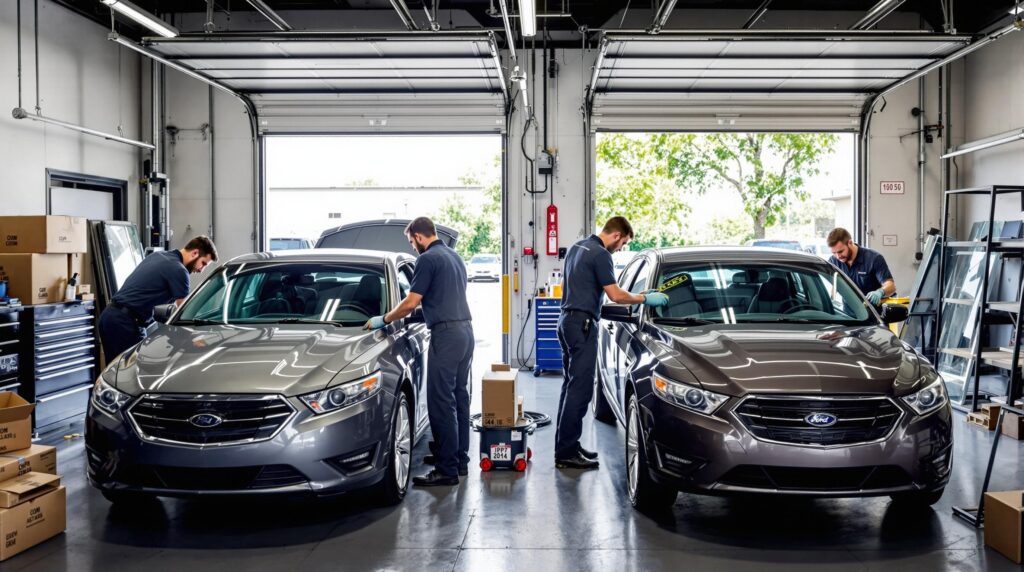
Which Option Is Right for You?
Choosing between OEM and aftermarket auto glass depends on several factors:
- Budget: If cost is a primary concern, aftermarket glass may be the better option.
- Vehicle Type: Luxury or newer vehicles may benefit more from OEM glass for optimal fit and resale value.
- Insurance Coverage: Some policies only cover OEM parts, while others may require aftermarket replacements unless you pay the difference.
- Purpose of the Vehicle: Daily drivers may do fine with aftermarket glass, while show cars or leased vehicles may require OEM parts for consistency.
Expert Installation Is Key
Regardless of which type of glass you choose, the quality of the installation is crucial. Poor installation can lead to leaks, wind noise, or even structural failure in an accident. At Low Price Auto Glass in Dallas, our trained technicians ensure precise, professional installation—whether you’re going with OEM or aftermarket glass.
Contact Low Price Auto Glass Dallas Today
If you’re not sure which type of auto glass is right for your vehicle, contact us for expert advice and a free quote. We’ll walk you through your options and help you choose the best glass for your needs, budget, and safety. Our goal is to deliver top-tier service with the lowest prices in Dallas.

